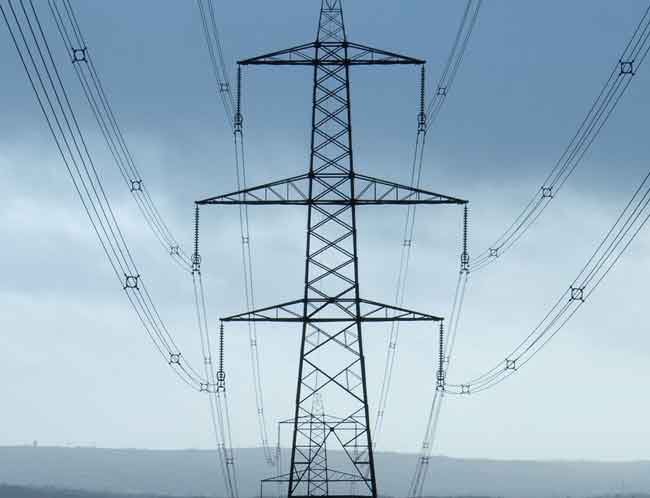Duke exec sees coal prices rising into 2012
By SNL Securities
CSA Z463 Electrical Maintenance
Our customized live online or in‑person group training can be delivered to your staff at your location.

- Live Online
- 6 hours Instructor-led
- Group Training Available
Vincent Stroud, vice president of regulated fuels for parent company Duke Energy Corp., made the forecast in testimony recently submitted to the Indiana Utility Regulatory Commission in connection with Duke's fuel adjustment clause.
Asked to describe the latest trend in coal market prices, Stroud responded, "Market price volatility has recently increased as the result of three events or circumstances. The first was the EPA's announcement on March 26, that it was proposing to revoke Arch Coal Inc.'s Spruce No. 1 mine permit. The second circumstance was another EPA announcement, this time on April 1, that it was issuing guidance, immediately effective, for use in evaluating Central App mine water 404 permits. The guidance, which is based on conductivity, provides strict limits, making it difficult for mines with valley fills to obtain the necessary permits."
Stroud added in the April 29 filing: "The final occurrence was the tragic accident at Massey Energy Co.'s Upper Big Branch mine on April 5, which resulted in increased coal mine inspections within a couple of weeks, along with calls for tighter mine regulations and new legislation. As a result, Central Appalachian coal prices have increased over 10 in the two weeks since mid-April. Prices in other coal production regions have not reacted uniformly to these occurrences, and price changes have been mixed between basins."
Stroud said it is difficult to determine the extent or duration of the price increase for Central Appalachia coal, but a continued weak economy, low natural gas prices and high coal stockpiles will tend to produce anemic coal demand. "The forward market price curves still indicate that coal prices will rise during 2010 and will continue to increase into 2011 and 2012," he said. "As noted in my previous testimony, the current weak demand for coal is masking a number of fundamental supply issues in the coal markets, making it difficult to determine when, and to what degree, these changes will be reflected in coal prices."
Stroud testified that the company has traditionally obtained most of its coal from long-term contracts. "Historically, the cost of the company's coal from long-term contracts has been lower than if the company had purchased the same quantities on the open market," he said. "For the 12-month period ended Feb. 28, the company purchased a total of about pursuant to both long- and short-term commitments 14,254,025.95 tons of coal at an average cost of 216.20 cents/MMBtu."
He added, "The delivered cost of coal purchased under long-term commitments averaged 215.82 cents/MMBtu and made up 99.37 of total coal receipts. During that same period, the company purchased approximately 90,059.69 tons pursuant to short-term or spot agreements at an average delivered cost of 274.76 cents/MMBtu. If the company were to purchase all of its requirements on the open market, spot prices would be driven upward to accommodate a demand influx of approximately 14 to 16 million tons annually."
Regarding coal stockpiles, he stated, "Because the demand for electricity was much lower than was forecasted for 2009 and 2010, and coal deliveries under long-term contracts have exceeded consumption, by mid-2009 coal inventory was effectively at full capacity at each of Duke Energy Indiana's coal-fired generating facilities. Over the past several months, the company's inventory position has stabilized at all of its coal-fired generating facilities, though inventory levels at all stations remain high. The company has recently begun taking steps to reclaim and reduce inventory levels at our remote storage locations."











